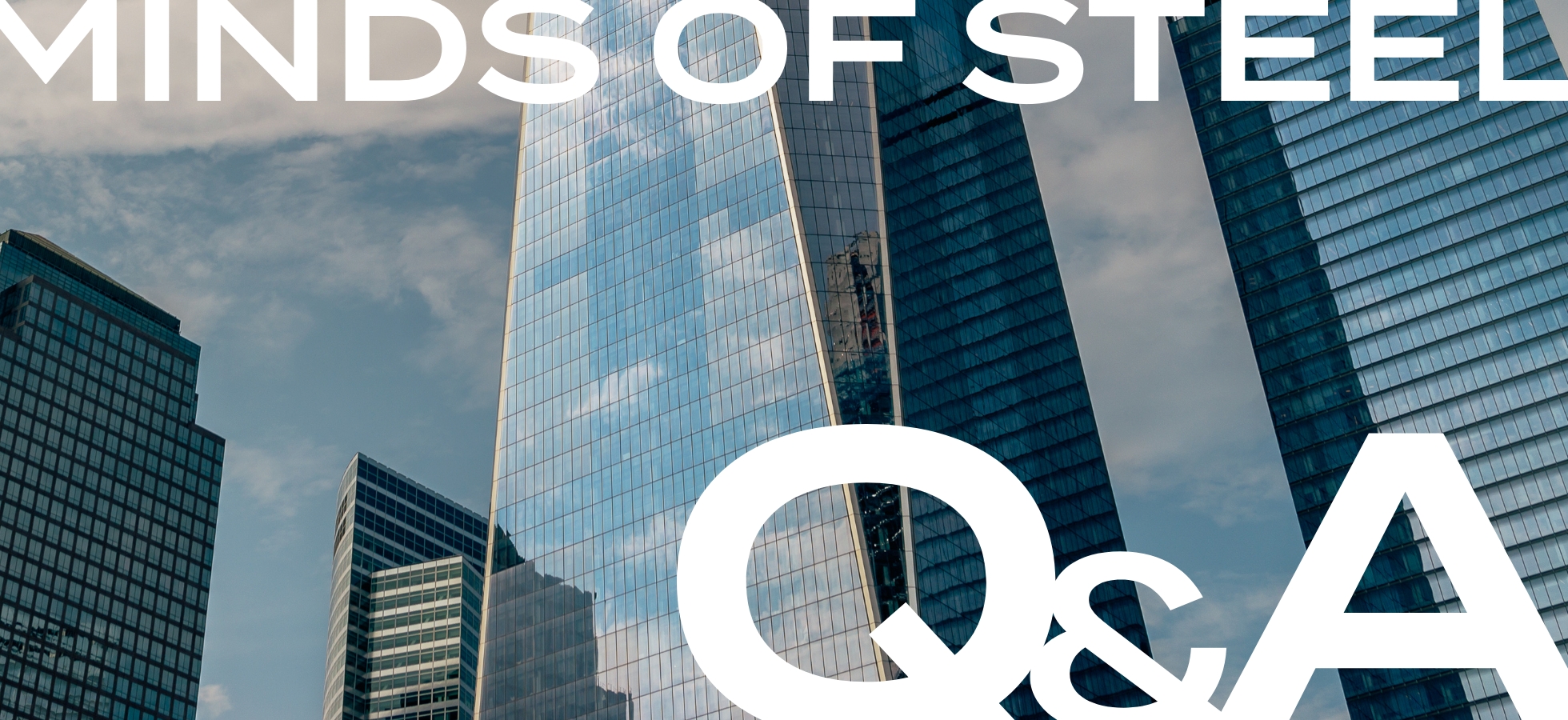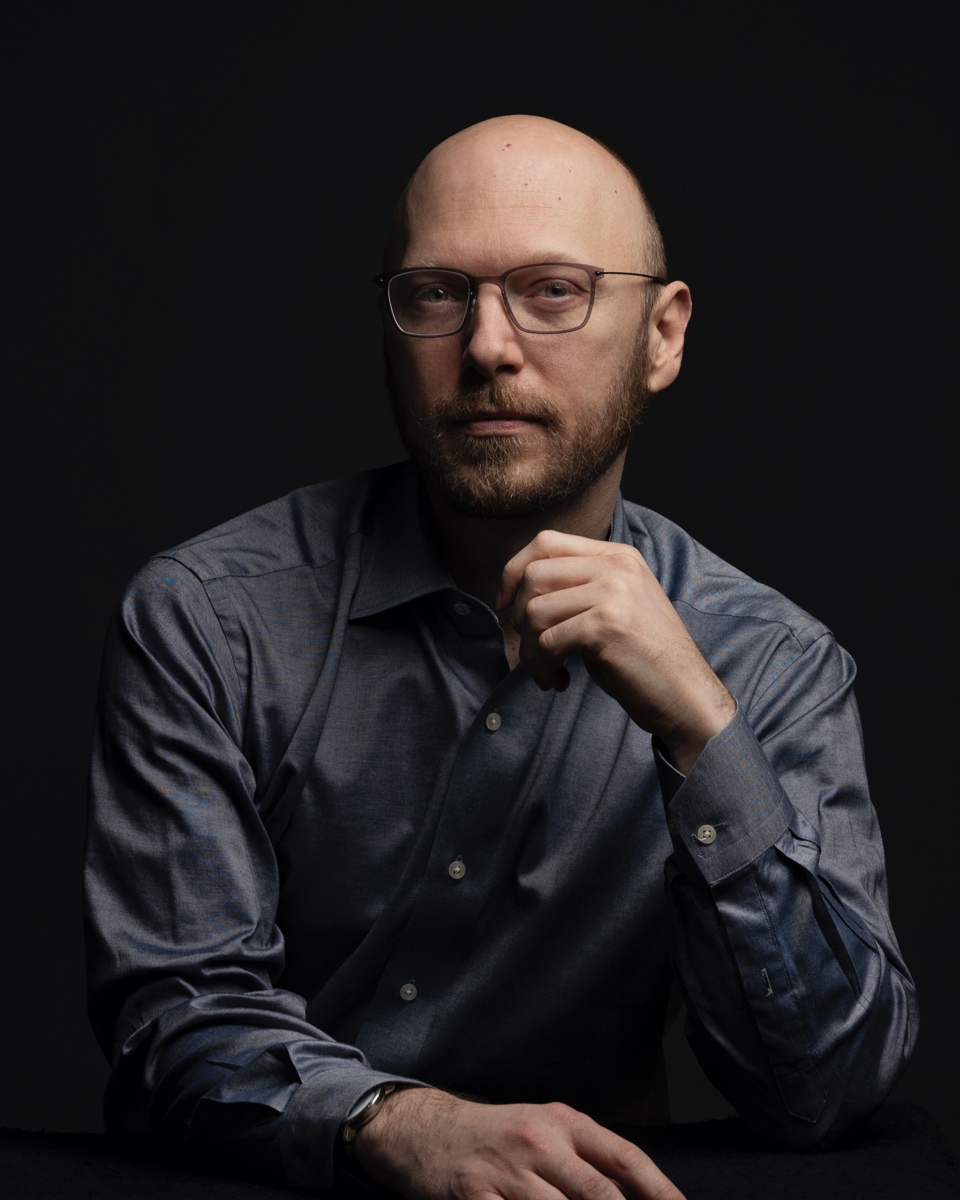Ahmad: They are looking at it more from a holistic approach and seeing the landscape is changing. They have to provide a product that is appealing to the market not just now but 10 years from now, and they’re asking for more sustainable designs as a result. Part of that bigger picture is creating an eco-friendly environment for the staff. It’s a lot more focused on the experience of the staff and employees. Leaders want to make sure that workers are excited to come to the office.
Terri: When the green building movement started to take hold in Europe, you began seeing floor plates shrink so that everybody would have access to daylight. And that improved productivity because people working in those environments tended to be happier. They tended to call in sick less. And so then that started to make its way into North American corporate culture.
Jason: To see the discussion evolve and become more widespread, it’s really exciting. We’re now asking – how can we lower our carbon footprint and make the building’s habitat better and healthier? You see that in certifications. There’s the Living Building Challenge, there’s WELL — that program has gained a lot of traction. Everyone’s got to meet code requirements, and they’ve only become more stringent. And a lot of companies want to speak to sustainability publicly in their marketing and PR efforts.



